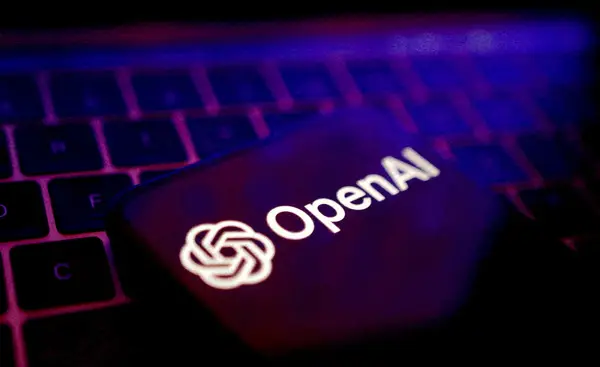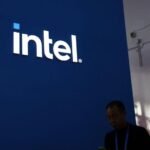Now Reading: Intel Stock Dips Amid Weak Forecasts and AI Strategy Concerns Under New CEO
-
01
Intel Stock Dips Amid Weak Forecasts and AI Strategy Concerns Under New CEO

Intel Stock Dips Amid Weak Forecasts and AI Strategy Concerns Under New CEO
Intel shares (NASDAQ: INTC) dropped over 8% on Friday, April 25, after the chip giant issued weaker-than-expected revenue and profit forecasts, overshadowing newly appointed CEO Lip-Bu Tan’s turnaround strategy.
Intel’s Struggles Continue Despite New Leadership Promises
After years of strategic missteps, Intel is struggling to regain its footing in the fast-growing artificial intelligence (AI) chip market. The company has fallen behind industry leaders like Nvidia and AMD, and faces mounting pressure from investors to catch up.
Tan, who recently took the reins at Intel, offered early insights into his vision: a streamlined organization focused on core engineering excellence, cutting back on bureaucracy, and restructuring the workforce. However, analysts say he has yet to provide a clear roadmap to restore Intel’s former dominance.
“Intel is so huge that shifting its course is like turning a battleship – it cannot be done on a dime,” said Evercore ISI analysts.

Trade Tensions and Foundry Uncertainty Cloud Intel’s Outlook
Adding to the uncertainty, U.S.-China trade tensions are impacting demand for Intel’s PC processors, as customers begin stockpiling chips amid fears of future tariffs. This near-term volatility has raised additional red flags for investors.
Tan is also exploring potential collaboration with TSMC, one of Intel’s chief rivals in semiconductor manufacturing, but has not yet detailed how he plans to attract more foundry clients or restore Intel’s manufacturing leadership.
Intel’s AI Strategy Faces Skepticism
While Tan emphasized plans to align Intel’s product development with emerging AI needs, analysts remain skeptical about Intel’s ability to compete in a market where Nvidia dominates with its GPU technology.
“Intel needs to streamline fast – they have a lot of investments to make to catch up in AI,” said Ruben Roy, analyst at Stifel.
Intel has historically leaned on acquisitions to fuel its AI ambitions, but most efforts—aside from Mobileye—have failed to make a major impact.
“Intel should have always had its own internal solution, but it missed the boat and tried to acquire its way into AI,” noted Anshel Sag of Moor Insights & Strategy.
The company also lacks the robust GPU intellectual property (IP) that powers AI workloads, a critical disadvantage in today’s AI-driven landscape.
Intel Stock Performance vs. Competitors

Despite its challenges, Intel stock is up 7.2% year-to-date, outperforming Nvidia and AMD, which have both seen their shares fall by around 20%. However, Intel currently trades at a premium valuation, with a forward price-to-earnings ratio (P/E) of 31.37—higher than Nvidia’s 22.70 and AMD’s 19.24.
What’s Next for Intel?
With significant investments needed in AI, foundry services, and innovation, Intel faces an uphill battle. Investors and analysts are looking to Lip-Bu Tan to provide clearer direction and tangible results in the months ahead.
Final Thoughts
Intel’s future remains uncertain as it navigates geopolitical risks, AI competition, and internal restructuring. While the new CEO’s promises have sparked cautious optimism, the path to reclaiming its leadership in the semiconductor industry is anything but clear.
























